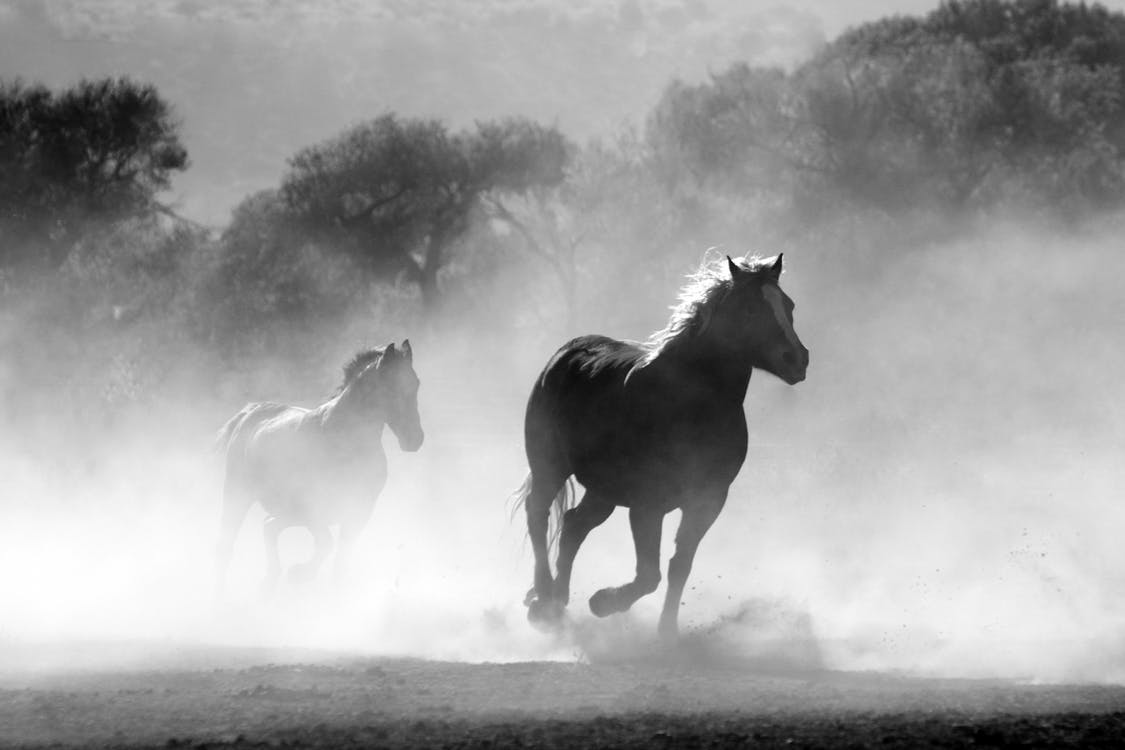What Horses In World War 2 Can Teach You About Leadership
Almost 30 years ago, Alan Kantrow wrote a delightful, thin book entitled The Constraints of Corporate Tradition (1987, Harper & Row). In it, he recounts a well-known story reported by technology historian Elting Morison from the early days of the Second World War:
…when armaments of all kinds were in short supply, the British made use of venerable field pieces that had come down to them from previous generations. The honorable past of this light artillery stretched back, in fact, to the Boer War. In the days of uncertainty after the fall of France, these guns, hitched to trucks, served as useful mobile units in the coast defense. But it was felt that the rapidity of fire could be increased. A time-motion expert was, therefore, called in to suggest ways to simplify the firing procedures. He watched one of the gun crews of five men at practice in the field for some time. Puzzled by certain aspects of the procedures, he took some slow-motion pictures of the soldiers performing the loading, aiming and firing routines.
When he ran these pictures over once or twice, he noticed something that appeared odd to him. A moment before the firing, two members of the gun crew ceased all activity and came to attention for a three-second interval extending throughout the discharge of the gun. He summoned an old colonel of artillery, showed him the pictures, and pointed out this strange behavior. What, he asked the colonel, did it mean. The colonel, too, was puzzled. He asked to see the pictures again. “Ah,” he said when the performance was over, “I have it. They are holding the horses.” ¹
Now both you and I know horses were not used in the Second World War. However, that didn’t stop those gun crews from honoring the memory and traditions of wars past while slowing down their firing procedures in the process.
Many organizations today are ‘holding horses’ from their past as they consciously or unconsciously cling to old habits and traditions. There is great comfort in clinging to what we know, especially in the face of profound uncertainty and the rapid pace of change today’s world brings. Patterns, mindsets, attitudes, assumptions and behaviors from the past may serve an organization well as a foundation from which they can shift, adapt and evolve to meet changing circumstances. Or they can serve as anchors that hold an organization captive to a time and way of working that was appropriate for the world gone by, but woefully ill-suited for the world today let alone for the world tomorrow.
One of the rules of organizational growth is that for an organization to evolve from one phase of its natural development to the next is that it must give up some of the very things that made it successful in the previous stage. When an organization goes from the excitement, boundless possibilities and semi-chaotic reality of the Energizing phase to the structure and discipline of the Organizing phase, people often yearn for the free-wheeling times where everyone was doing everything and nothing was impossible. And as people begin to embrace the new systems and the sustained success of the enterprise, people let go of the old ways and appreciate the new focus and reliability. If they don’t and continue to hang on to the old habits of those early years, the organization will not succeed over the long haul and eventually burn itself out.
When organizations are in the Entrenching phase of their development – that seemingly stable, institutionalized time where life is good, success is taken for granted, customers and employees seem loyal, money has been rolling in for years and the early warning signs that all is not well in this promised land are only unheeded faint calls in the distance – horses are being held in herds. The reliance on traditional ways of doing things that have yielded such tremendous results for so long tend to serve as warm, thick blankets that keep both the horses and the holders shielded from the increasingly cold winds of change.
There are a few things you can do to determine if your organization is ‘holding horses’ from the past. One is to listen to the new hires recently brought into your organization when you ask them how many times they have heard ‘but this is the way we do things around here’ since they arrived. Another is to watch for examples where your organization is trying to apply old solutions that worked well in the past to current problems and challenges with frustrating and woefully inadequate results.
Wise are the leaders who recognize the signs of horse holding in the face of the stark reality of the need for change. They pay attention, open themselves and their organizations up to the possibility their continued viability is not guaranteed and begin the process of changing. This involves planning for and adapting to the uncertain road ahead. It also requires determining what horses to let go and which ones to keep.
Most leaders don’t go through that discernment process. Most push forward and drag all the horses along with them. And wonder why they aren’t going forward as quickly and smoothly as the plan for change calls for.
You see, successful change requires two contrary notions – moving forward and letting go. Most organizations get the first part right and then forget the second, more difficult yet essential component.
Don’t let that happen to your organization.
If you’re interested in finding out more ways you can help guide your organization through change, check out our e-resource Simply Leading Change.
Copyright 2017 Chris Edgelow, Sundance Consulting Inc.


